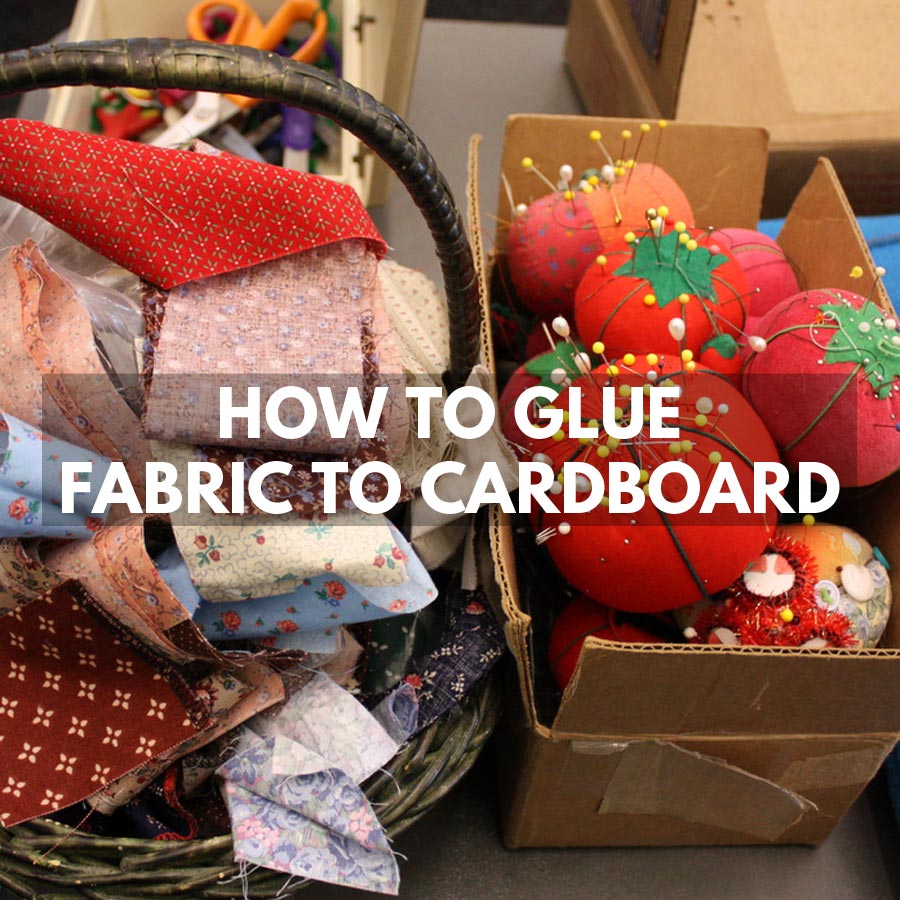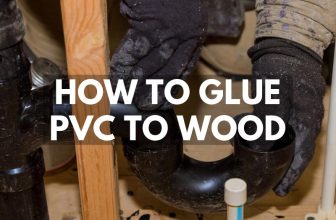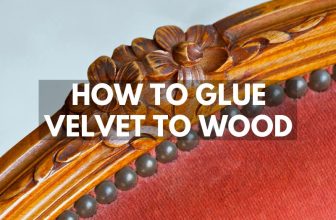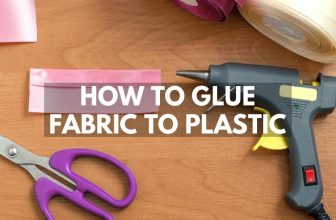
How to Glue Fabric to Cardboard
You might be wondering how to glue fabric to cardboard without leaving the materials stiff. Fabric glue is one of the best options because it creates a strong bond while allowing the fabric to remain flexible. If you need to glue fabric to cardboard for something that will live primarily outdoors, you might want to try a more weather-resistant adhesive like super glue.
School projects, holiday decorations, hobby crafts, and quick fixes around the house can all involve gluing various types of fabric to more solid materials like cardboard. You will find an ideal adhesive no matter what you are creating. Fabric can be challenging to work with, but you can successfully glue these materials with the tips and information in this guide.
Most cardboard and fabric projects occur indoors, making it easier to choose what glue to use. The fewer factors you need to consider, like humidity or temperature, the more options you will have at your disposal. If you choose a glue suited for your needs, the bond can hold together for years or decades.
What Glue Can You Use For Fabric to Cardboard?
Gluing fabric requires an adhesive that will not discolor or warp the materials while allowing for flexibility and a solid bond. The best glues for this include the three listed below. They each have advantages depending on what you need the cardboard and fabric to do.
PVA
PVA is a multi-purpose glue that works well for small or temporary projects or quick fixes. PVA is excellent for porous materials like fabric and cardboard. The adhesive can sink into the materials and create a firm bond.
PVA is not waterproof, and the bond can weaken if it gets significantly wet. The glue may also cause wrinkles and be visible depending on the type of PVA and fabric you use. PVA may not hold up under outdoor conditions with high heat or humidity.
Super Glue
Super glue is long-lasting and semi-permanent, making it great for furniture or other projects that will have a lot of movement. The weather-resistant properties make it suitable for items that might spend time outside. A little super glue goes a long way, and you only need a moderate drop per inch of fabric.
Fabric Glue
Fabric glue works well with porous cardboard, and you only need a little to get a strong bond. The best part about using this adhesive is that it comes in many forms and degrees of strength, so you can find something to work for almost any project involving fabric.
How to Prepare Fabric and Cardboard Before Gluing
The cardboard and fabric should be clean and dry before you apply the adhesive. Any debris could cause air bubbles between the two materials.
Quick Tip: most adhesives will get tacky very quickly, and some fabrics can be difficult to drape cleanly on the first try, which can lead to bunching, wrinkles, or accidentally getting glue on areas you had not intended. An easy way to avoid this is by laying out the fabric how you want it and then placing the cardboard on top rather than draping the fabric over the cardboard.
How to Apply Glue For Fabric to Cardboard
You should apply the glue to the cardboard in a thin, even layer. Try to avoid letting it get too tacky before you begin placing the fabric, or you run the risk of having the material get caught and bunch up or wrinkle without lying flat.
How to Cure Fabric and Cardboard Glue
PVA, super glue, and fabric glue all dry relatively quickly and become tacky after only a short period. For the fastest and most secure bond, you should let your project cure in a dry and warm space.
You generally do not need to clamp fabric to cardboard unless the angle requires it to be secured into place to avoid movement due to gravity. Very thick materials like faux leather or canvas might need a weight to keep an even pressure across the entire surface.
Conclusion
Fabric glue is best for most delicate or indoor projects where you will adhere fabric to cardboard, but for outdoor items or objects that will undergo a lot of wear, you might want to use super glue. Fabric glue will keep your project looking pristine while securely attaching the two materials. Ensure your project remains clean and wrinkle-free by setting the fabric down first and carefully placing the cardboard overtop.
We hope this guide on how to Glue Fabric to Cardboard has helped you in your crafting project, share what you made below.










